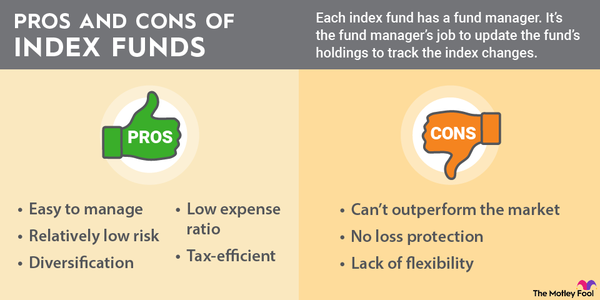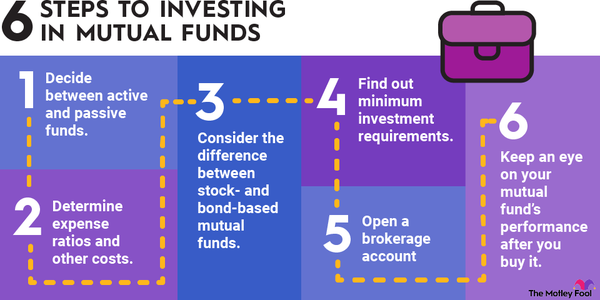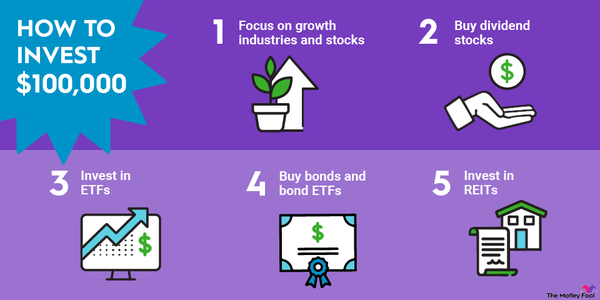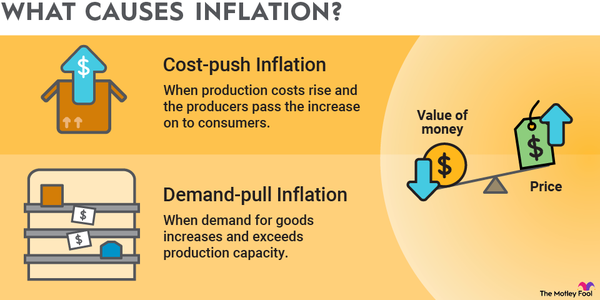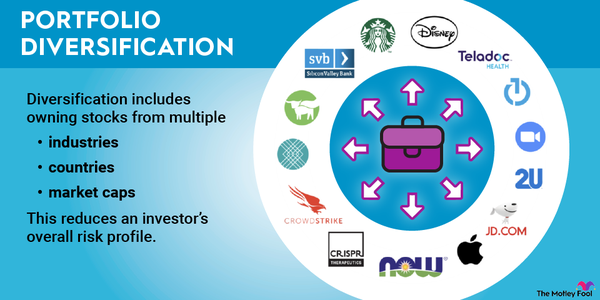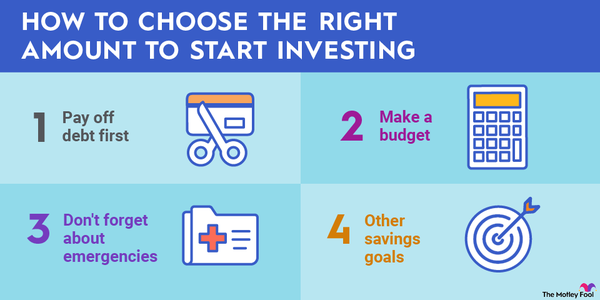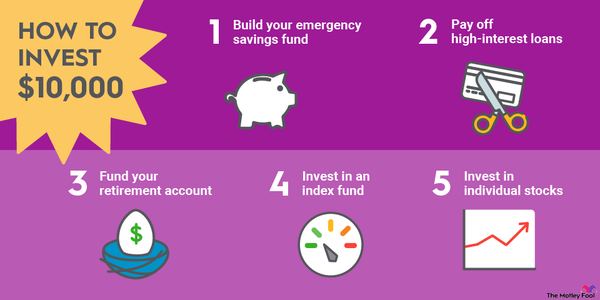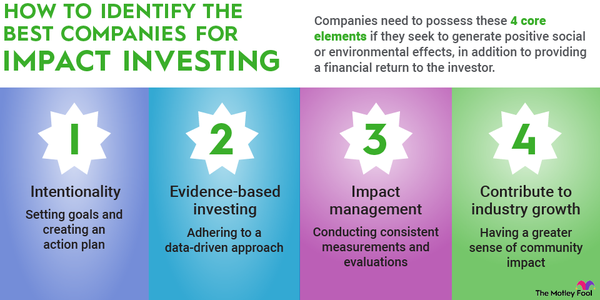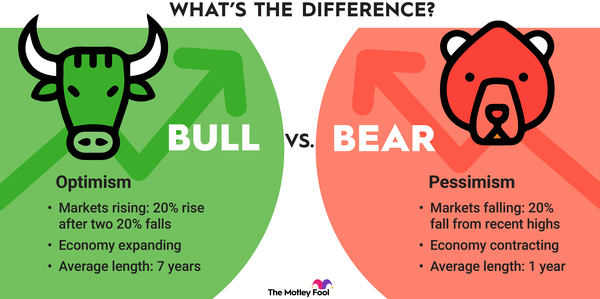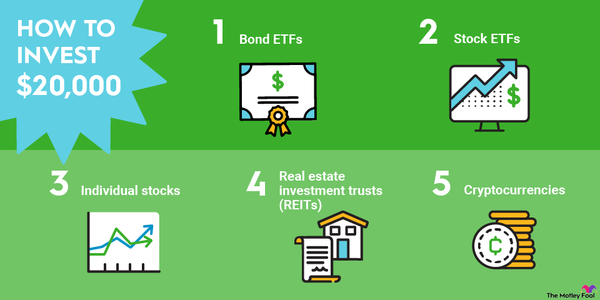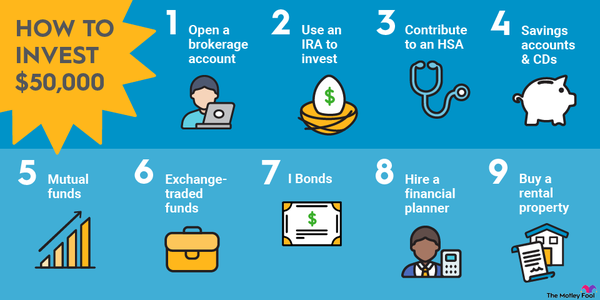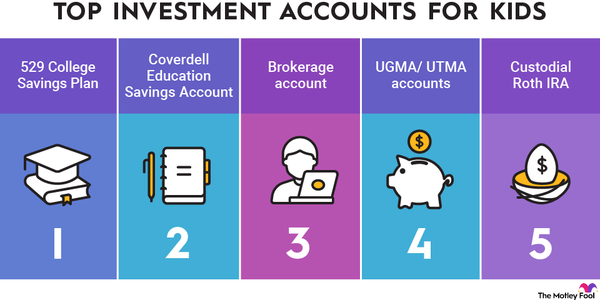Creating a plan for future financial goals is a top-of-mind concern for people of all ages. We'll identify some of the more common types of planning goals, explore strategies you can use to achieve them, and offer some suggestions for creating an investing workflow.

Step 1: Define your goals
Some of the more common types of financial goals include:
- Retirement
- Emergency funding
- Family planning
- Education planning
- Life events, e.g., a wedding or vacation
Retirement is now — and has been — a hot financial planning topic. This is especially true in recent years with the rise of the FIRE (Financial Independence, Retire Early) movement, which emphasizes saving and investing early and often. Simply put, people are continuously interested in saving enough money from formal employment to be able to call it quits forever.
Funding emergency reserves is another very popular goal. Ideally, an emergency fund is a pile of cash with six to 12 months' of living expenses, depending on the number of earners in your household and your overall net worth. But the size of an emergency fund will vary greatly. People with a high net worth and a very simple lifestyle may only need a few months' worth of expenses set aside in cash, while families dependent on a single earner may want a larger cushion.
Starting a family is also a common goal that many people plan for from a financial perspective. Expenses might include the cost of setting up a nursery, arranging child care, and buying child-related gear. Depending on your specific family dynamic — and the level of help you can expect from parents and in-laws — these expenses can vary widely.
College funding — through 529 plans and other vehicles — is another major long-term goal that many young families have. While there are grants and other forms of aid available to many students, parents are generally expected to cover a significant portion of education costs. If your children ultimately want a professional career, you'll need to plan for college costs well in advance.
Finally, some people save and invest money for big life events, such as a wedding or lengthy vacation. Not everyone will have the same goals, and not everyone follows the same life trajectory, so there is truly no one-size-fits-all answer when it comes to finding a long-term reason to invest.
SMART goals
Goals should have "SMART" qualities, which are:
- Specific: Clear and specific as opposed to general.
- Measurable: Allow you to track whether you've made progress.
- Achievable: Within your control and reach.
- Realistic: Attainable based on your current circumstances.
- Time-based: Have a timeline for progress or completion.
Step 2: Figure out a strategy
Four of the main investment objectives are:
Growth
It's not groundbreaking, but it bears mentioning: People want to grow their money through investing. Moreover, they want to increase it beyond the impact of inflation so they increase their purchasing power over time.
While this might seem obvious as an investment goal, growth is most likely to be an objective when the investor has a lengthy time horizon. As we constantly see, markets fluctuate in a random fashion. People with very short investment time horizons may want to focus on other priorities instead of putting too much money at risk.
Preservation
Beyond increasing their money to its highest point, people who are approaching or in retirement also focus on wealth preservation. Preservation can certainly be as important as growth, depending on a number of factors: your estimated time to retirement, your overall net worth, as well as your money mindset. Even if you have the ability to take additional risk with the hope of increasing your money even more, you might sleep better at night knowing you have a certain amount locked in.
Cash flow
Cash flow is the bedrock of any sound financial plan. More cash flow means a greater ability to save, invest, and pay down debt.
Optimizing for cash flow might include taking on a side gig, investing in high-dividend-yielding stocks, or putting just enough in a 401(k) to get the company match, leaving more cash available to you now to fund other goals. Cash available generally means more flexibility, adaptability, and psychological safety — three things most of us are better off with than without.
Lifestyle maintenance vs. improvement
Some people are happy with the material goods they have, while others strive for bigger and better. The good news is that both are entirely acceptable.
You might focus on covering your immediate expenses to fund larger goals down the line, or you might spend more now to improve your lifestyle going forward. Your mileage varies substantially here, so what this ultimately looks like is a personal preference.

Step 3: Set up an investing workflow
One of the best ways to achieve investing success is to set up a framework for action. This is sometimes referred to as a "workflow," but generally it refers to your process around saving and investing. Without specific goals and objectives — like those described in steps one and two — the workflow will be more difficult to implement.
Outline short-term and long-term goals
A written document can go a very long way in spurring action and creating a mental framework concerning money. Short-term goals might include reducing your debt load or starting an emergency fund, while longer-term goals might include retirement planning and/or college funding. Regardless of your specific goals, it's good practice to have them down on paper.
Here at The Motley Fool, we're committed to a philosophy of long-term investing. This means avoiding day trading and other short-term trends in favor of buying great companies or indexes and holding them for the long term. Buy-and-hold investing tends to produce robust returns over time and affords the investor an array of tax benefits.
Measure success
You'll need to check in with yourself at regular intervals — say, once a quarter or twice a year — to ensure that you're making progress. You don't need to beat yourself up if you don't make as much progress as you would have liked. Focus instead on making any progress at all. The completion of small, achievable goals can go a long way over time, so don't be too hard on yourself if you aren't immediately successful.
Assign a timeline to your goals
Some funds are needed immediately — for example, if you're paying down high-interest credit card debt — and other funds are needed many decades in the future. This is completely normal, so give yourself time to prioritize those goals that are most important to you and those that will have the greatest positive impact on your net worth.
With longer-term goals such as retirement, it's imperative that you start sooner rather than later, even if it's with a small amount of money. The power of compound earnings will intensify over time, so by starting small today, you'll have money working in the background for years to come.
Determine how much you need to save
By pinpointing when you'll need the money, you can figure out how much you need to save every year to ultimately achieve your funding goals. For retirement, the answer to this tends to be "as much as possible." But for more finite goals such as education planning, you can reverse-engineer the amount you need to save if you start at the birth of a child or at another year in the future.
A major takeaway from the conversation about investing workflow is that everyone has different variables — different desires for retirement, different family structures, and different lifestyle costs. You'll need to evaluate your own situation using a collection of information and then decide what works best for you. A plan that's adaptable and flexible will usually be better than a plan that has high costs to change or can't be changed at all.
Related investing topics
The bottom line: Your investment goals are within reach
Setting goals may feel daunting, especially when you're just starting to invest. This is the reality of large financial goals: They're difficult to achieve. But they're also very much attainable with steady and constant attention, as well as some form of accountability on the part of the investor.
That's why it's important to define realistic goals, assign a strategy for each goal, and continuously monitor your progress. With the right amount of understanding and perseverance, you'll find that most investing goals are achievable.










